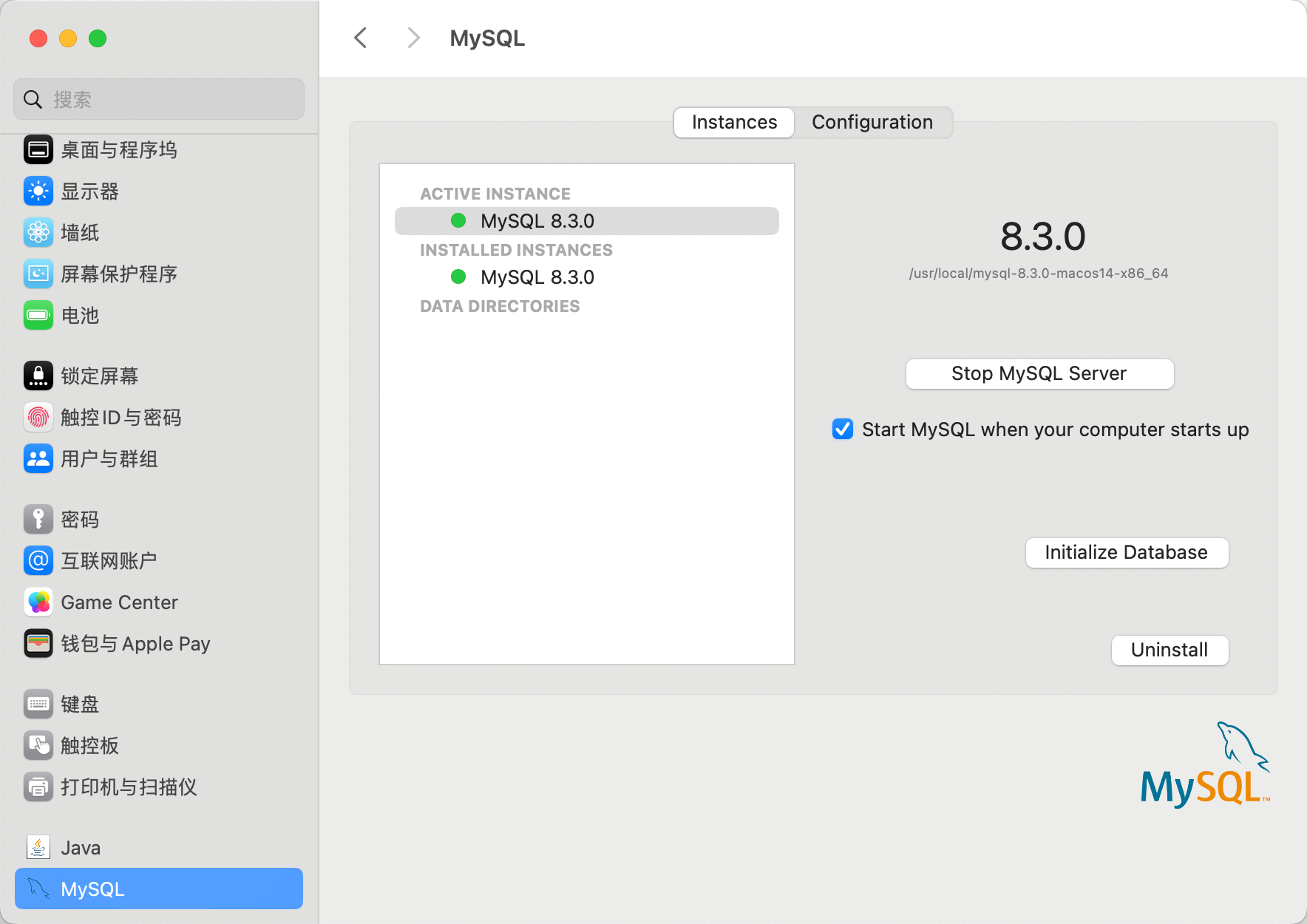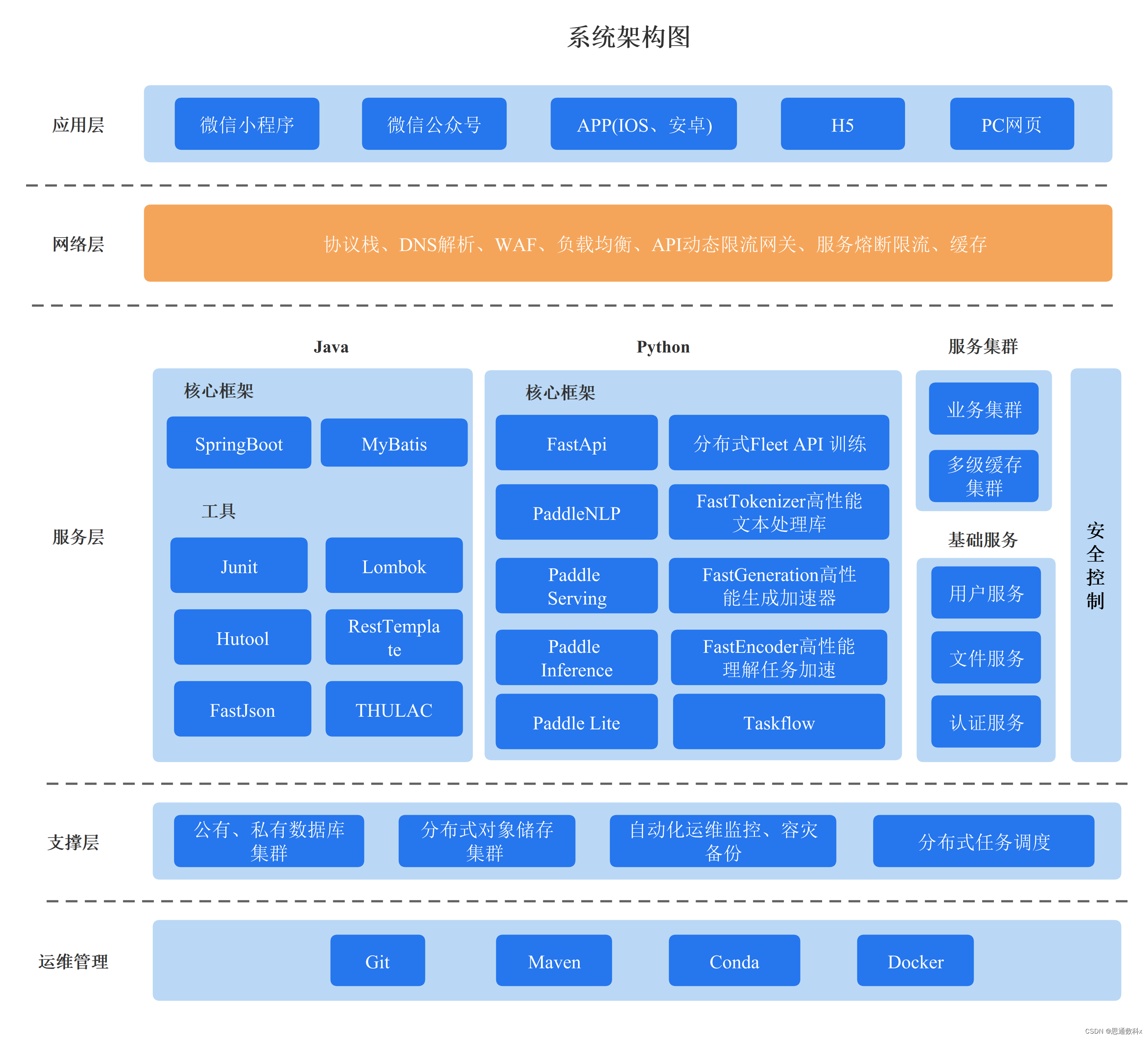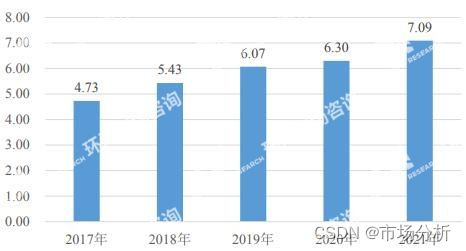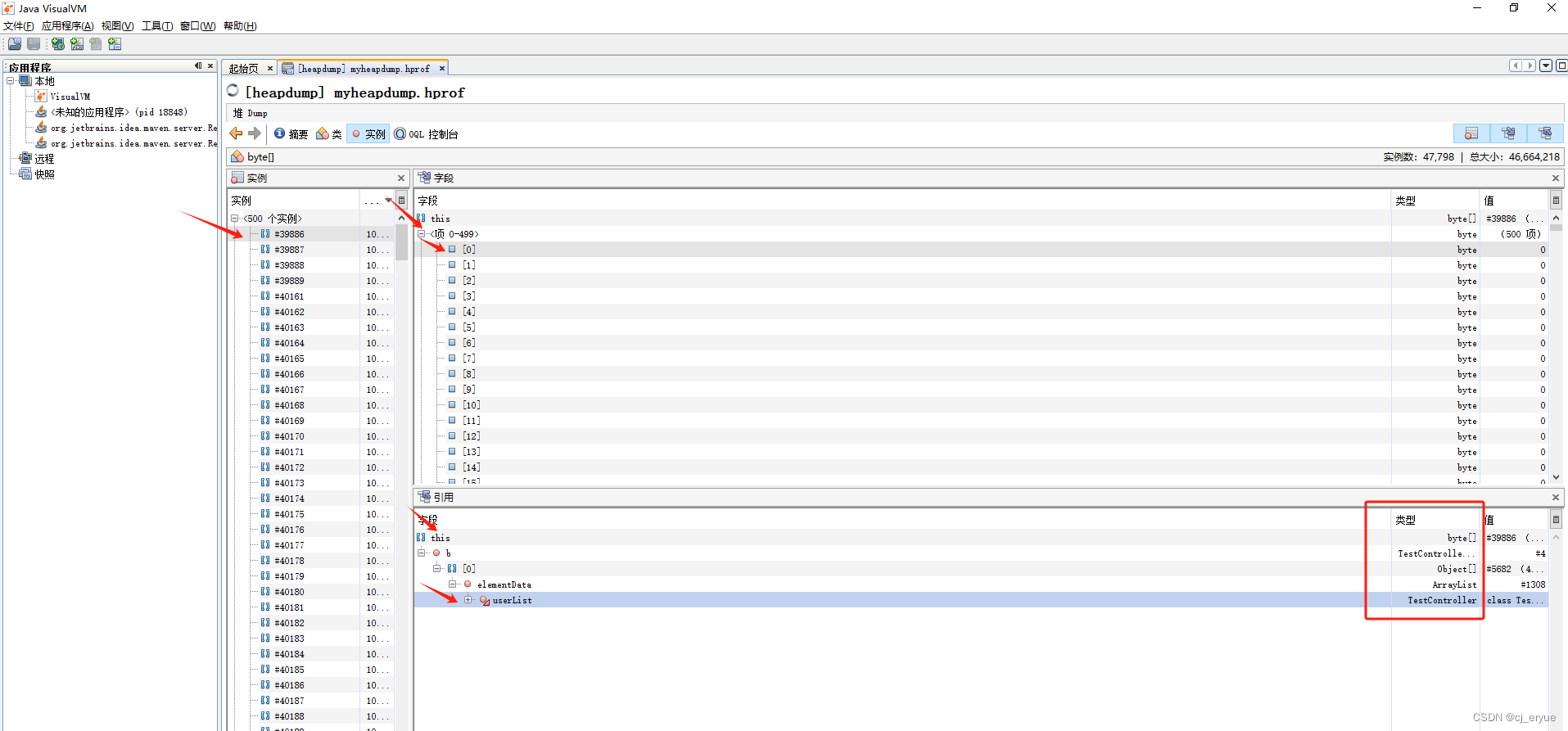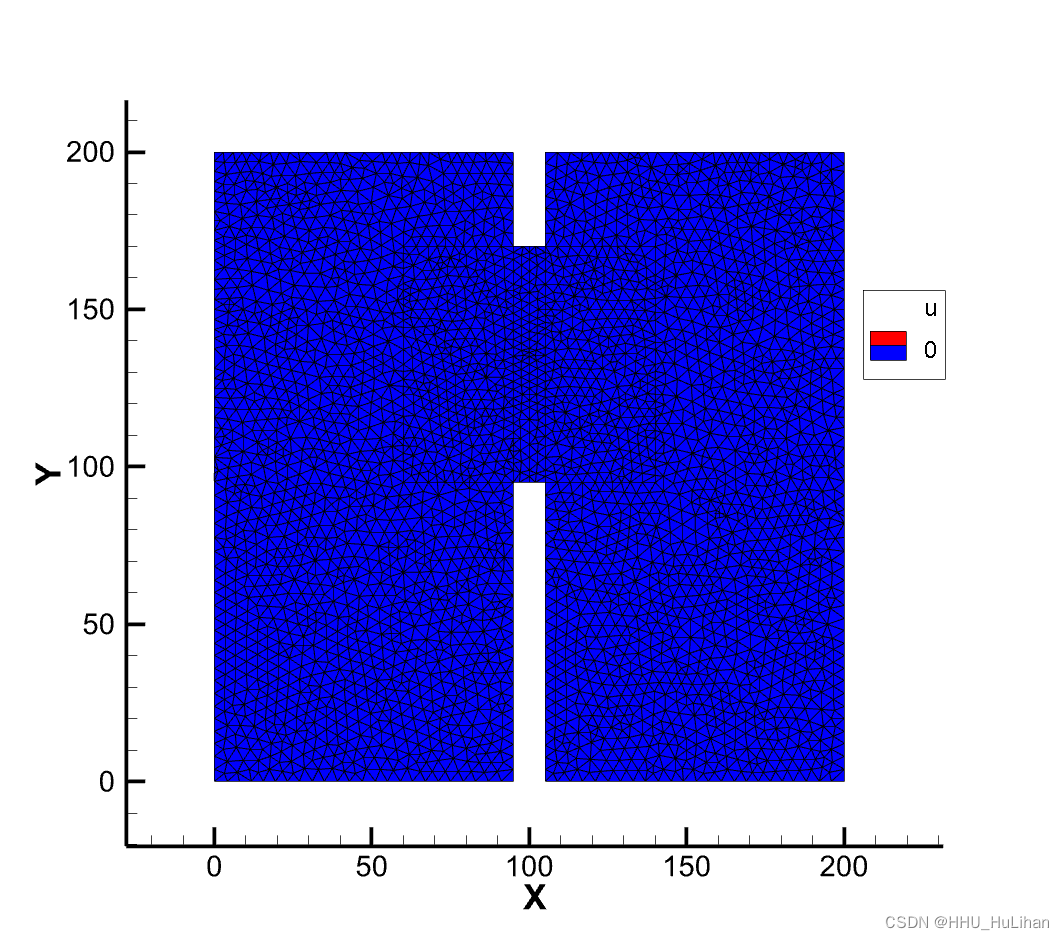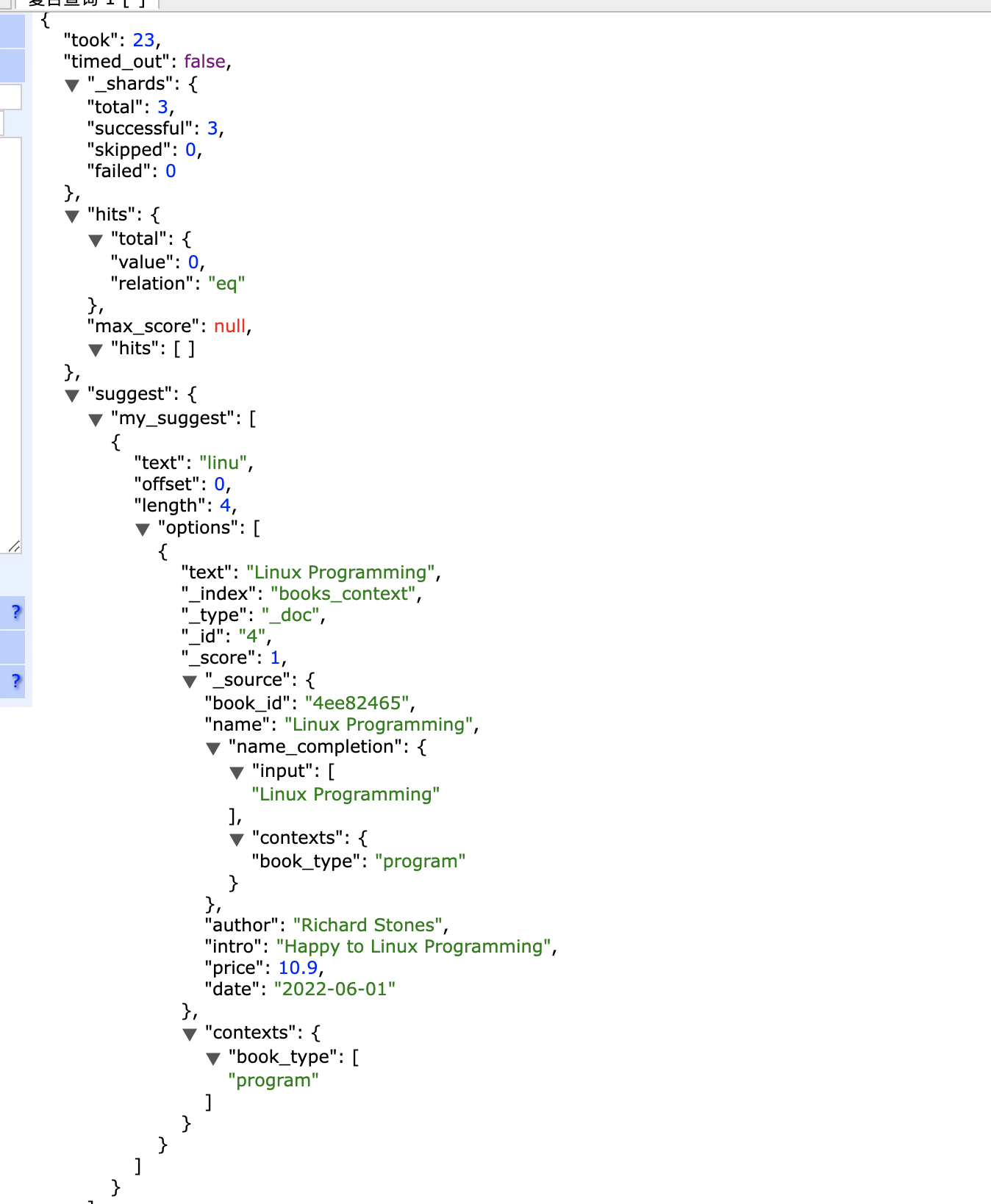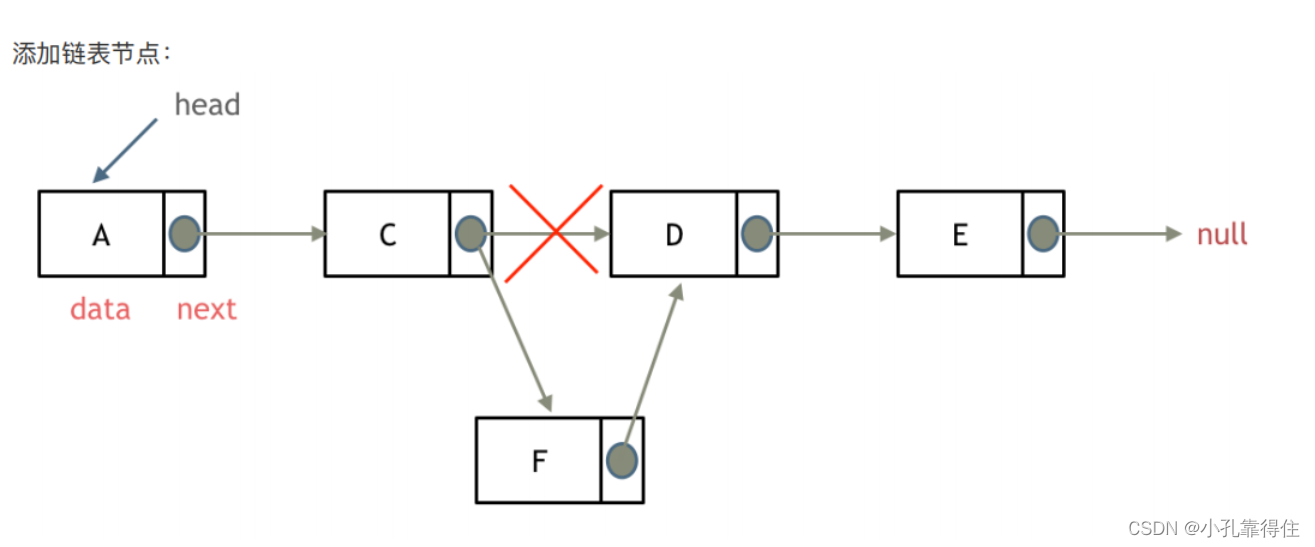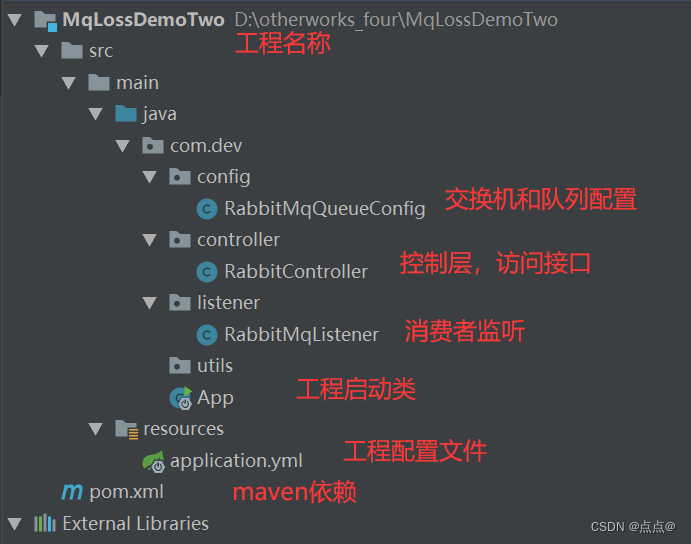概述
本文介绍通过g2o框架,优化点和曲线的匹配(曲线拟合)。曲线的公式如下所示:

它有三个参数:a, b, lamba。
代码解析
自定义顶点
/**
* \brief the params, a, b, and lambda for a * exp(-lambda * t) + b
*/
class VertexParams : public g2o::BaseVertex<3, Eigen::Vector3d> { // 它包含三个参数
public:
EIGEN_MAKE_ALIGNED_OPERATOR_NEW;
VertexParams() {}
bool read(std::istream& /*is*/) override { return false; }
bool write(std::ostream& /*os*/) const override { return false; }
void setToOriginImpl() override {} // 设定参数的原始值
void oplusImpl(const double* update) override { // 增量更新函数,调整当前参数的值
Eigen::Vector3d::ConstMapType v(update); // 构造参数增量
_estimate += v;
}
};自定义边
/**
* \brief measurement for a point on the curve
*
* Here the measurement is the point which is lies on the curve.
* The error function computes the difference between the curve
* and the point.
*/
class EdgePointOnCurve
: public g2o::BaseUnaryEdge<1, Eigen::Vector2d, VertexParams> { // 一条边只含有一个顶点,使用上面定义顶点的数据结构
public:
EIGEN_MAKE_ALIGNED_OPERATOR_NEW
EdgePointOnCurve() {}
bool read(std::istream& /*is*/) override {
cerr << __PRETTY_FUNCTION__ << " not implemented yet" << endl;
return false;
}
bool write(std::ostream& /*os*/) const override {
cerr << __PRETTY_FUNCTION__ << " not implemented yet" << endl;
return false;
}
template <typename T>
bool operator()(const T* params, T* error) const { // 误差函数
const T& a = params[0];
const T& b = params[1];
const T& lambda = params[2];
T fval = a * exp(-lambda * T(measurement()(0))) + b; // 计算理论值
error[0] = fval - measurement()(1); // 和观察值进行比较
return true;
}
G2O_MAKE_AUTO_AD_FUNCTIONS // use autodiff
};生成待拟合的点
// generate random data
g2o::Sampler::seedRand();
double a = 2.;
double b = 0.4;
double lambda = 0.2;
Eigen::Vector2d* points = new Eigen::Vector2d[numPoints];
for (int i = 0; i < numPoints; ++i) {
double x = g2o::Sampler::uniformRand(0, 10);
double y = a * exp(-lambda * x) + b;
// add Gaussian noise
y += g2o::Sampler::gaussRand(0, 0.02);
points[i].x() = x;
points[i].y() = y;
}
初始化求解器
// setup the solver
g2o::SparseOptimizer optimizer;
optimizer.setVerbose(false);
// allocate the solver
g2o::OptimizationAlgorithmProperty solverProperty;
optimizer.setAlgorithm(
g2o::OptimizationAlgorithmFactory::instance()->construct("lm_dense",
solverProperty));添加顶点
在本示例中,只存在一个顶点,就是待优化的参数
// 1. add the parameter vertex
VertexParams* params = new VertexParams();
params->setId(0);
params->setEstimate(
Eigen::Vector3d(1, 1, 1)); // 参数的初始化值
optimizer.addVertex(params);添加边
在本示例中,每一个待拟合点,都对应一条边。也就是一个观察点就是一个观测值。
// 2. add the points we measured to be on the curve
for (int i = 0; i < numPoints; ++i) {
EdgePointOnCurve* e = new EdgePointOnCurve;
e->setInformation(Eigen::Matrix<double, 1, 1>::Identity());
e->setVertex(0, params);
e->setMeasurement(points[i]);
optimizer.addEdge(e);
}求解器求解
optimizer.initializeOptimization();
optimizer.setVerbose(verbose);
optimizer.optimize(maxIterations); // 最大的迭代次数结果展示
// print out the result
cout << "Target curve" << endl;
cout << "a * exp(-lambda * x) + b" << endl;
cout << "Iterative least squares solution" << endl;
cout << "a = " << params->estimate()(0) << endl;
cout << "b = " << params->estimate()(1) << endl;
cout << "lambda = " << params->estimate()(2) << endl;
cout << endl;
